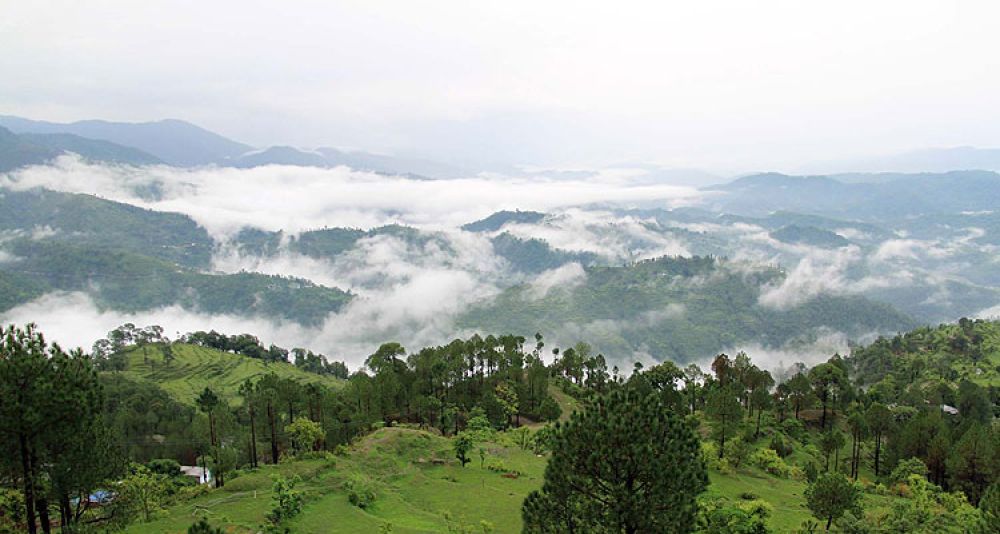

The quaint hill station of Lansdowne, nestled in the high-altitude environs of Uttarakhand, India, has a rich legacy that traces back to the British colonial period. Named after the then Viceroy of India, Lord Lansdowne, the town was established as a cantonment for the Garhwal Rifles in 1887. Its history as a retreat for British officers from the summer heat laid the foundation for its future as a tourist destination.
The early history of tourism in Lansdowne is intrinsically linked to its colonial past. The British developed Lansdowne with the essentials of a typical hill station of that era – with churches, bungalows, and barracks set amidst the backdrop of the Himalayas. Even after India's independence, Lansdowne maintained its slow, languorous pace of life, but with time, it started gaining popularity among those seeking respite from the bustle of city life.
Lansdowne tourism has been marked by a strong sense of preservation. The architecture of the colonial period, including St. Mary's Church and St. John's Church, stands as a testament to the area's heritage. Moreover, the town is known for its unspoilt natural beauty, dense oak and pine forests, and pristine mountains, which attract nature enthusiasts and photographers alike. The Garhwal Rifles Regimental War Memorial, neatly maintained by the Indian Army, adds to the historical allure for visitors.
In recent years, Lansdowne has seen a surge in popularity, particularly among domestic tourists who come to enjoy its peaceful environment, clean air, and panoramic views of the majestic Himalayas. Alongside traditional sightseeing, eco-tourism has grown, with travelers embracing activities like bird watching, trekking, and camping under the stars.
While it does not have the commercial development seen in some other Indian hill stations, Lansdowne's tourism scene thrives on its small-scale, intimate settings. Homestays and boutique hotels offer personalized experiences, showing a shift from commercial hotel chains to more sustainable and local forms of hospitality. Moreover, local festivals and cultural events provide a peek into the vibrant culture of the region, attracting those interested in experiential travel.
Embracing sustainability, the tourism stakeholders in Lansdowne are increasingly aware of the need to balance growth with the preservation of the environment and local traditions. The aim is to develop Lansdowne as a model for responsible tourism, ensuring that this serene destination retains its charm for generations to come.
In summation, Lansdowne represents a blend of historical significance and contemporary appeal, offering travelers an escape to a world that seems untouched by time. The trend towards sustainability in tourism ensures that Lansdowne will continue to be a beacon for travelers seeking tranquility and a touch of colonial heritage in the heart of the Garhwal Himalayas.